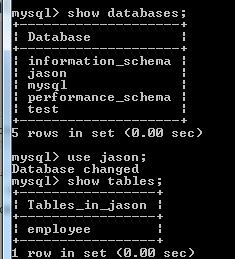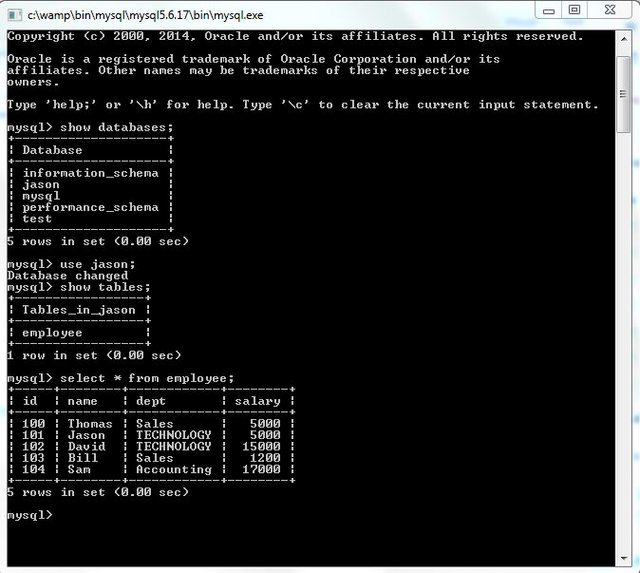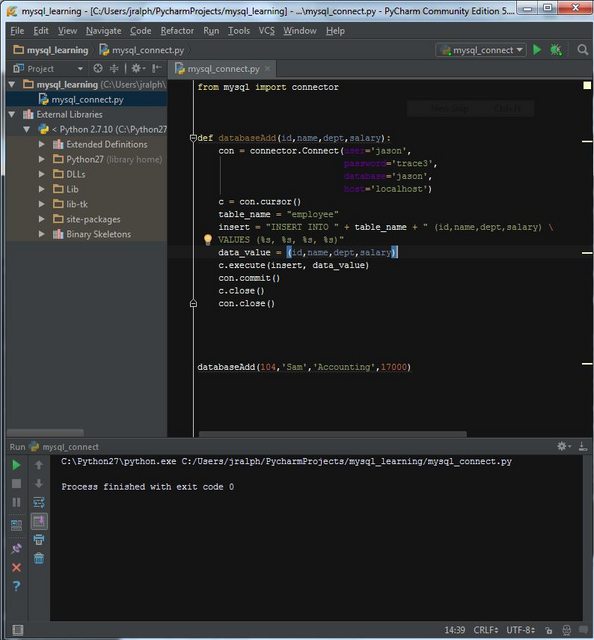I have a project that rsync’s data from an RPM repository for a local version of this repo. The issue I was faced with was the remote mirror would sometimes stop the rsync due to overloaded network or other unforeseen issues. I wanted to use rsyncs hashing algorithm to have it start right where it left off so I wrote a function to do this. If 900 seconds was hit it usually meant there was an issue with the transfer. I also want to state here that I observed the rsync stop serving issue on many mirrors so it was not just an issue with the TCP network. I use this in production and it logs each iteration or restart. The function below will also kill the current rsync so multiple copies are not running at the same time. I also only wanted to perform 5 iterations of rsync upon error or timeout so I use a while loop here.
Here are the individual rsync commands in the INI configuration.
|
1 2 3 4 5 |
[rsync_cmds] rsync01 = /usr/local/bin/rsync -a rsync://mirror.cogentco.com/CentOS/7/os/x86_64/ 7/x86_64/ rsync02 = /usr/local/bin/rsync -a rsync://mirror.cogentco.com/CentOS/7/updates/x86_64/ 7/updates/x86_64/ rsync03 = /usr/local/bin/rsync -a rsync://mirror.cogentco.com/CentOS/7/centosplus/x86_64/ 7/centosplus/x86_64/ rsync04 = /usr/local/bin/rsync -a rsync://mirror.cogentco.com/CentOS/7/extras/x86_64/ 7/extras/x86_64 |
Here is how I call the execute_jobs_timeout() function:
|
1 2 3 4 |
rsync_commands = dict(config.items('rsync_cmds')) def rsync_data(): for name, cmds in sorted(rsync_commands.items()): execute_jobs_timeout(cmds) |
The function:
|
1 2 3 4 5 6 7 8 9 10 11 12 13 14 15 16 17 18 19 20 21 22 23 24 25 26 27 28 29 |
def execute_jobs_timeout(cmd): iteration = 0 while iteration < 5: proc = subprocess.Popen(shlex.split(cmd), start_new_session=True) try: logger.info('Start Command: [%s]' % sanitize(cmd)) stdout_data, stderr_data = proc.communicate(timeout=900) if proc.returncode != 0: logger.critical( "%r failed, status code %s stdout %r stderr %r" % ( sanitize(cmd), proc.returncode, stdout_data, stderr_data)) iteration += 1 if iteration == 5: logger.critical('Execute Jobs Failed After 5 Iterations.') break continue logger.info('Success: [%s]' % sanitize(cmd)) break except (subprocess.TimeoutExpired, subprocess.SubprocessError) as e: os.killpg(os.getpgid(proc.pid), signal.SIGKILL) logger.warning('[%s]' % e) logger.info('Restarting [%s]' % sanitize(cmd)) iteration += 1 if iteration == 5: logger.critical('Execute Jobs Failed After 5 Iterations.') break continue |
Log Snippet showing each command executing:
|
1 2 3 4 5 6 7 8 9 10 11 12 13 |
2019-05-25 03:15:03,872 - __main__ - INFO - Restarting [/usr/local/bin/rsync -a rsync://mirror.cogentco.com/CentOS/7/os/x86_64/ 7/x86_64/] - devdbadmin 2019-05-25 03:15:03,875 - __main__ - INFO - Start Command: [/usr/local/bin/rsync -a rsync://mirror.cogentco.com/CentOS/7/os/x86_64/ 7/x86_64/] - devdbadmin 2019-05-25 03:27:53,801 - __main__ - INFO - Success: [/usr/local/bin/rsync -a rsync://mirror.cogentco.com/CentOS/7/os/x86_64/ 7/x86_64/] - devdbadmin 2019-05-25 03:27:53,821 - __main__ - INFO - Start Command: [/usr/local/bin/rsync -a rsync://mirror.cogentco.com/CentOS/7/updates/x86_64/ 7/updates/x86_64/] - devdbadmin 2019-05-25 03:42:53,821 - __main__ - WARNING - [Command '['/usr/local/bin/rsync', '-a', 'rsync://mirror.cogentco.com/CentOS/7/updates/x86_64/', '7/updates/x86_64/']' timed out after 899.9999316609465 seconds] - devdbadmin 2019-05-25 03:42:53,822 - __main__ - INFO - Restarting [/usr/local/bin/rsync -a rsync://mirror.cogentco.com/CentOS/7/updates/x86_64/ 7/updates/x86_64/] - devdbadmin 2019-05-25 03:42:53,850 - __main__ - INFO - Start Command: [/usr/local/bin/rsync -a rsync://mirror.cogentco.com/CentOS/7/updates/x86_64/ 7/updates/x86_64/] - devdbadmin 2019-05-25 03:57:53,851 - __main__ - WARNING - [Command '['/usr/local/bin/rsync', '-a', 'rsync://mirror.cogentco.com/CentOS/7/updates/x86_64/', '7/updates/x86_64/']' timed out after 899.9999369028956 seconds] - devdbadmin 2019-05-25 03:57:53,852 - __main__ - INFO - Restarting [/usr/local/bin/rsync -a rsync://mirror.cogentco.com/CentOS/7/updates/x86_64/ 7/updates/x86_64/] - devdbadmin 2019-05-25 03:57:53,854 - __main__ - INFO - Start Command: [/usr/local/bin/rsync -a rsync://mirror.cogentco.com/CentOS/7/updates/x86_64/ 7/updates/x86_64/] - devdbadmin 2019-05-25 04:01:28,522 - __main__ - INFO - Success: [/usr/local/bin/rsync -a rsync://mirror.cogentco.com/CentOS/7/updates/x86_64/ 7/updates/x86_64/] - devdbadmin 2019-05-25 04:01:28,524 - __main__ - INFO - Start Command: [/usr/local/bin/rsync -a rsync://mirror.cogentco.com/CentOS/7/centosplus/x86_64/ 7/centosplus/x86_64/] - devdbadmin 2019-05-25 04:16:28,527 - __main__ - WARNING - [Command '['/usr/local/bin/rsync', '-a', 'rsync://mirror.cogentco.com/CentOS/7/centosplus/x86_64/', '7/centosplus/x86_64/']' timed out after 899.9999288369436 seconds] - devdbadmin |




